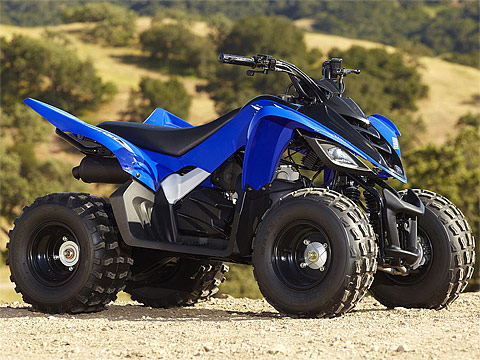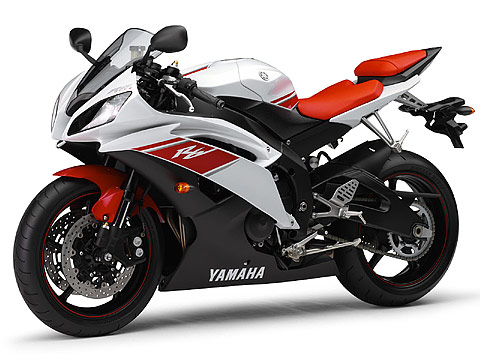While the amounts vary depending on the bike, the rider, and the situation, experts believe that riding a motorcycle on the street is 90% mental and 10% physical. Beginning riders probably focus as much on the physical side as the mental side, maybe 50/50, while experienced riders probably focus almost entirely on the mental side: maybe 95/5!
Mental Skills - Analogy
 A good example of how this works is that of tying your shoes: when you first learned to tie your shoes, it wasn’t easy. It was a new skill, and there was a lot to remember. (Which hand does what? Which lace goes over, and which goes under? How do you make that loop again?) You didn’t always get it on the first try. But as you got older, you tied your shoes more, you got better and better at it, and eventually it came naturally - you didn’t even have to think about it anymore. Your hands knew what to do. This is called "muscle memory", and the same principal applies to riding a motorcycle.
A good example of how this works is that of tying your shoes: when you first learned to tie your shoes, it wasn’t easy. It was a new skill, and there was a lot to remember. (Which hand does what? Which lace goes over, and which goes under? How do you make that loop again?) You didn’t always get it on the first try. But as you got older, you tied your shoes more, you got better and better at it, and eventually it came naturally - you didn’t even have to think about it anymore. Your hands knew what to do. This is called "muscle memory", and the same principal applies to riding a motorcycle. Once you’ve mastered the basic physical skills, you can afford to pay more attention to your surroundings. Your hands and feet know what to do, which frees your mind up for its most important job: detecting and avoiding hazards.
This Advanced Riding Strategies section of the MMSC Web page contains 44 pages of information meant to help you develop your own riding strategy, or to enhance and hone your current riding strategy. We hope that, after viewing this material, you will:
- Understand the importance of using a riding strategy.
- Understand the three parts of a riding strategy.
- Successfully use the riding strategy to increase your safety.
- Be particularly skilled at dealing with intersections, freeway traffic, and mountain riding.




0 Comments